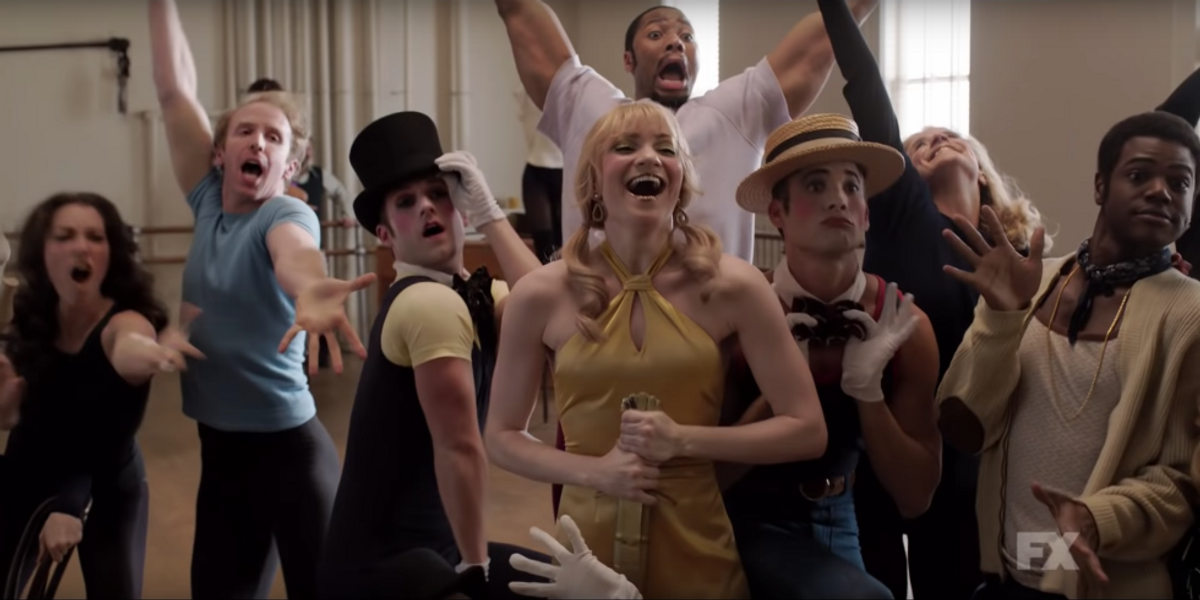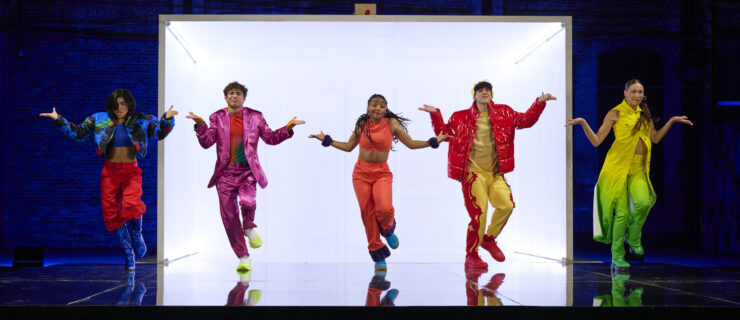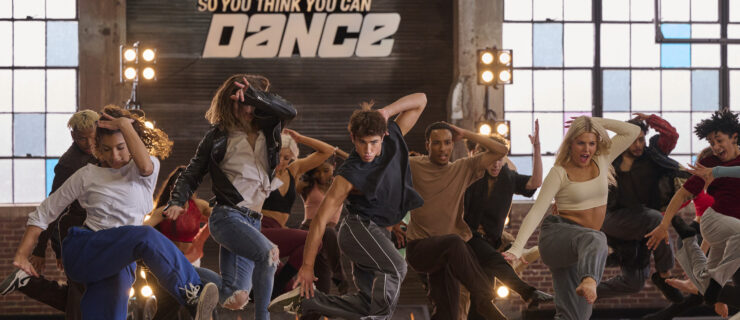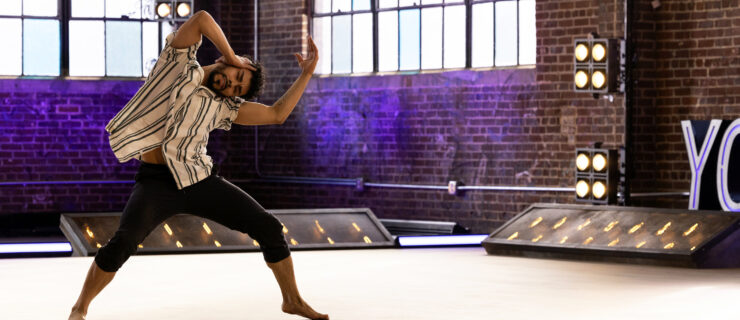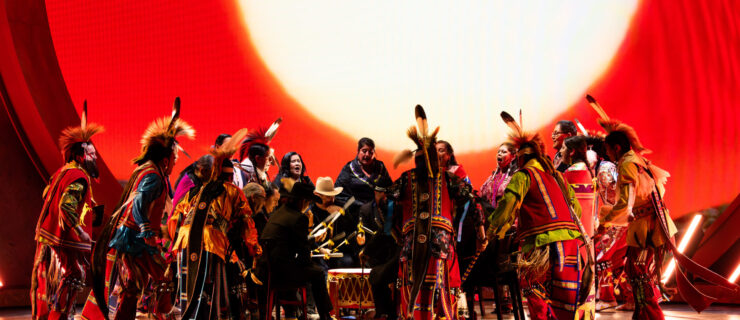Broadway Vet Paloma Garcia-Lee on Dancing in "Fosse/Verdon"
The extraordinary Paloma Garcia-Lee, who’s danced in no fewer than five Broadway shows, can adapt to any choreographer’s style. And before heading back to Broadway this summer in Moulin Rouge! (choreographed by Sonya Tayeh), she’s tackling the work of one of the most iconic choreographers of all time: Bob Fosse.
Garcia-Lee plays Adrienne in the new FX limited series “Fosse/Verdon,” premiering April 9, which follows the romantic and creative relationship of Fosse (Sam Rockwell) and his muse Gwen Verdon (Michelle Williams).Hamilton’s Lin-Manuel Miranda, Thomas Kail, Steve Levenson, and Andy Blankenbuehler serve as executive producers, with Kail directing and Blankenbuehler choreographing.
With the exception of performing on The Tony Awards, “Fosse/Verdon” marks Garcia-Lee’s TV debut. “I’m really setting my sights on more on-camera work,” she says. “Getting the chance to flex my muscles as an actress in this different medium, but still have the dance part, is all really exciting.” (She’s got real acting chops, too: While a student at the North Carolina School of the Arts, she actually quit dance briefly to study acting instead.)
Dance Spirit
spoke to Garcia-Lee about “Fosse/Verdon”‘s epic final callback, how she got cast, and the transition from stage to screen.
How did you get involved in the show?
Andy Blankenbuehler and I have been, like, circling each other for years! Whenever he has wanted me to do something, I’ve been doing something else, and it’s just been this back and forth for the longest time. After we finished our out-of-town run of Moulin Rouge! in Boston this summer, he mentioned he had a TV project coming up. So I went in to audition for it and ended up getting cast. I then had to choose between working on “Fosse/Verdon” and doing “Rent Live!” in L.A., which was really, really hard for me. I just like woke up one morning, and my gut was like, I need to stay in New York and see what this show is going to be.
What was the audition like?
All of us in the room for the final “Fosse/Verdon” callback will remember it for the rest of our lives—we joke that it’ll be a story we tell our grandkids. Thanks to the magnitude of the show, people were clamoring to get an audition. I’ve never been in a room of that caliber. It was the best of New York. Everyone knew something really special was going to happen with the project. Many of us were in tears—how often does that happen?
Tel us about your role in the show.
The fourth episode is where you meet my character, Adrienne. She’s probably based on someone real, and who worked with Bob a lot. (A lot of names were changed throughout the process.) She’s one of his core dancers.
How did you get into character?
I’ve always been a fan of Fosse’s work—I loved the Broadway show Fosse when I was younger. But surprisingly, other than a few workshops, I’ve actually never done Fosse material in my life. So that was kind of a whole new world for me.
I took the opportunity to do as much research as I could. The first thing I did was pick up the book the show is based on, by Sam Wasson. It’s like Harry Potter thick! And I did endless YouTubing, endless going to the library to look for tapes, endless listening to the original soundtracks from Fosse’s shows. In rehearsals, we were able to sit down with people who worked with him, and we just picked their brains. What was it like coming into rehearsal? What was the gossip? What was the energy like? It was so fun to create our own characters, pulling from all these different experiences that we’re heard about. Of course, we’re also doing some of the most iconic dance numbers of all time, which is a lot of pressure.
How is dancing for the camera different from dancing onstage?
The acting needs to be at a different level when there’s a camera two feet from your face while you’re dancing. You can be doing the most intricate dance step, but the camera is on your eyes, your energy—it’s a completely different way to dance.
When you’re in a show, you just learn the whole sequence. But filming doesn’t work that way. You might film in reverse. Rarely did we have the opportunity to even do the whole number. So I had to get used to presenting dance in a different way.
What should audiences expect from the show?
The show obviously has tons of dancing, but we’re also focusing on Gwen’s influence on Bob’s work. It’s an interesting look at their relationship. So it’s not just like a dance show made for TV; it’s really a cinematic world. A lot of times, you see this famous choreography in the background of a scene. I did numbers from Sweet Charity, Pippin and Chicago on the show. They really dive into his whole existence and the complex relationships he had with his dancers.
